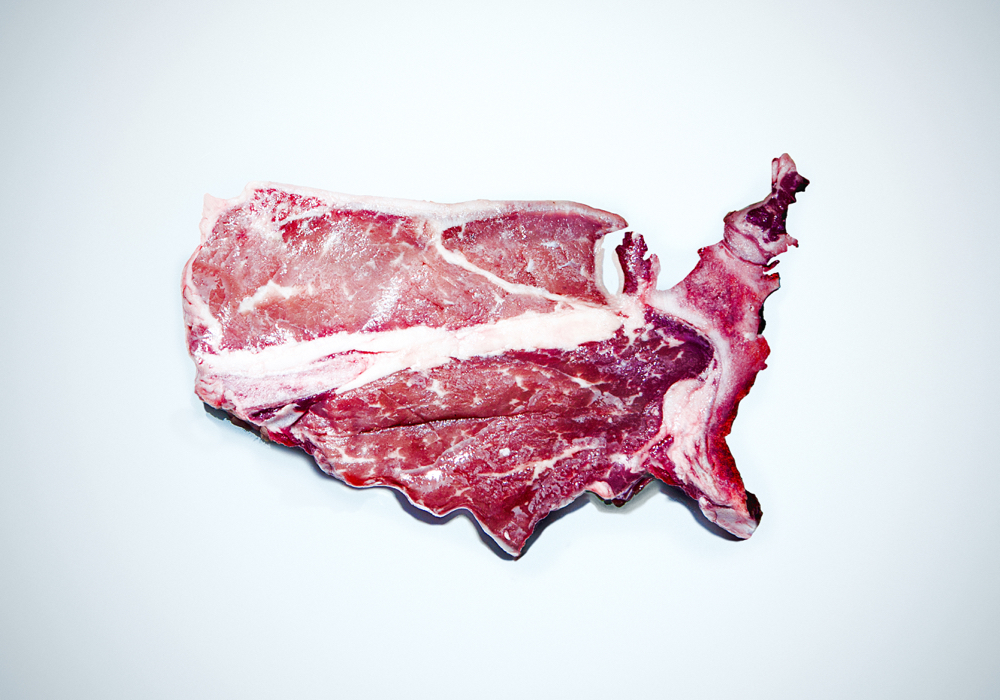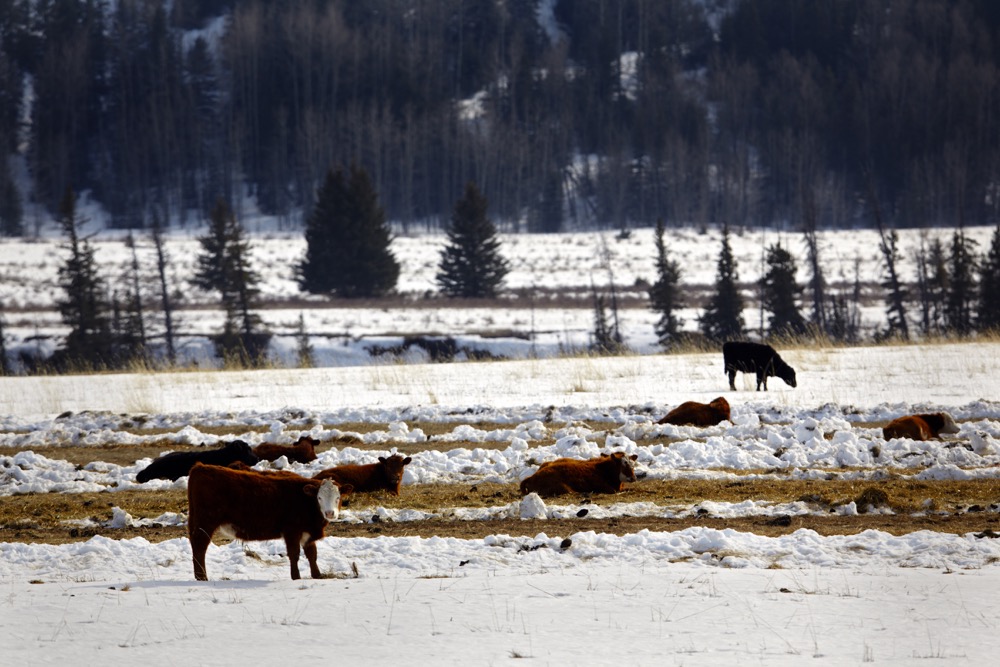As Europe’s beef producers face drought, high feed costs and limited forage, the EU’s imports of Canadian beef have grown slightly, and are expected to continue growing modestly. However, the biggest challenge to further growth of Canadian beef in this market is the limited number of beef plants in Canada that are willing to meet the current EU regulatory requirements.
Canadian beef trade with Europe represents a small portion of total Canadian beef exports and has only grown slightly since the signing of the Comprehensive Economic and Trade Agreement between Canada and the EU in 2017. Under the trade agreement, Canada gained annual quotas for 65,000 MT of duty-free access for Canadian beef. But unresolved technical barriers and non-alignment of Canadian and the EU’s regulatory frameworks mean many Canadian processors have declined to export beef to the EU.
Nonetheless, there is strong demand by importers in the EU market for high-quality Canadian beef. Europe is a premium beef import market that appreciates and desires a high-quality product in select retail stores and restaurants as well as online sales platforms.
Read Also

Canadian Beef Check-Off Agency reports on investments and activities
The check-off agency’s work behind the scenes is what ensures cattle check-off dollars are invested wisely, accounted for transparently and deliver measurable value back to producers and importers.
As well, the EU’s cattle herd has been shrinking since 2017, and that trend is expected to continue into 2024. The most significant cuts are projected in France, Spain and Portugal.
















